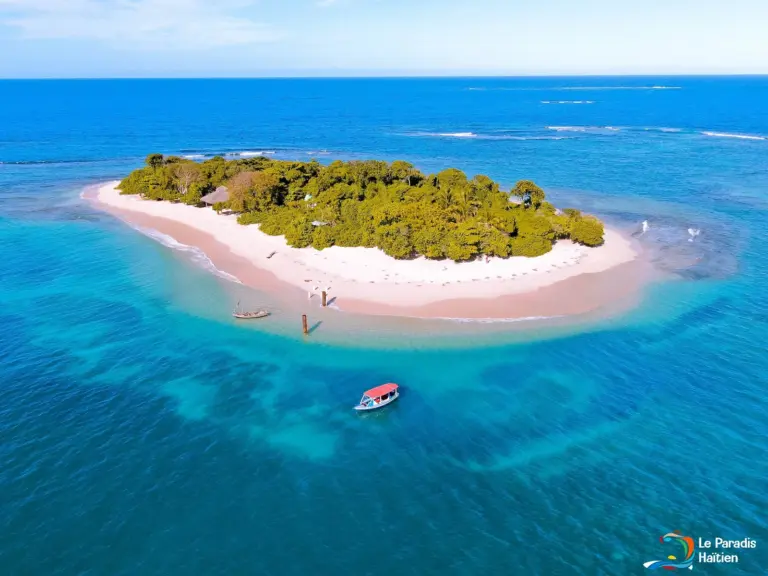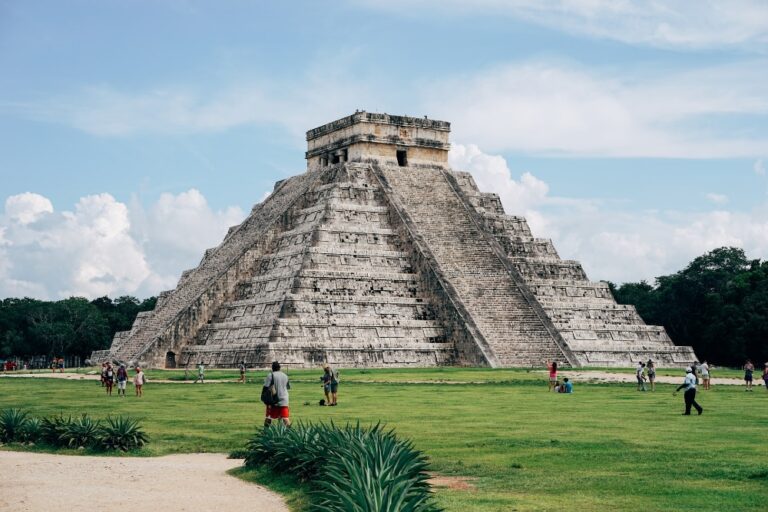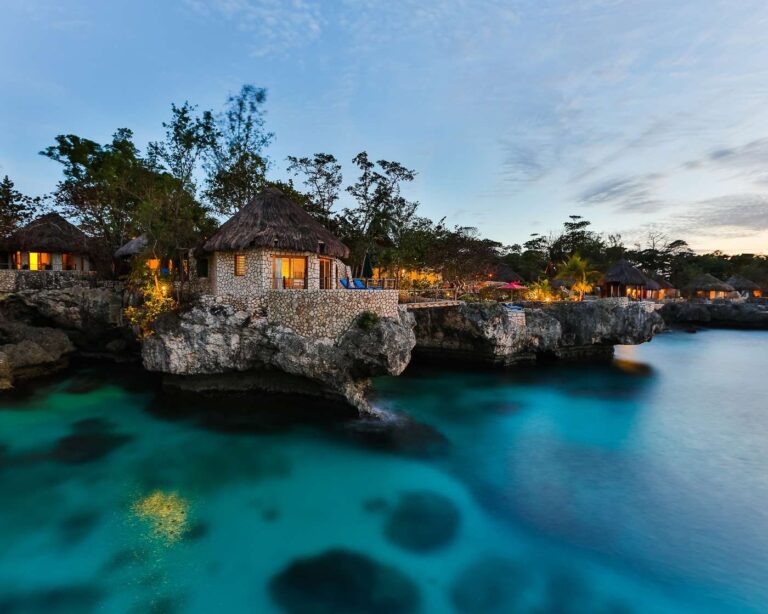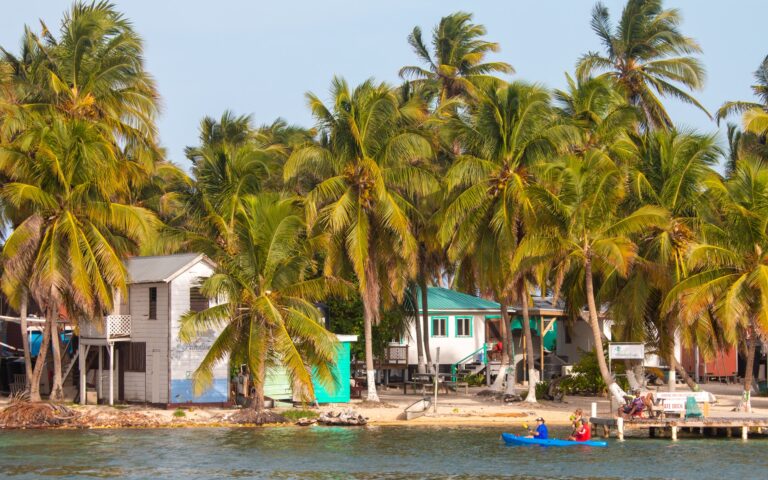Is It Safe to Travel to Colombia: Current Safety Status
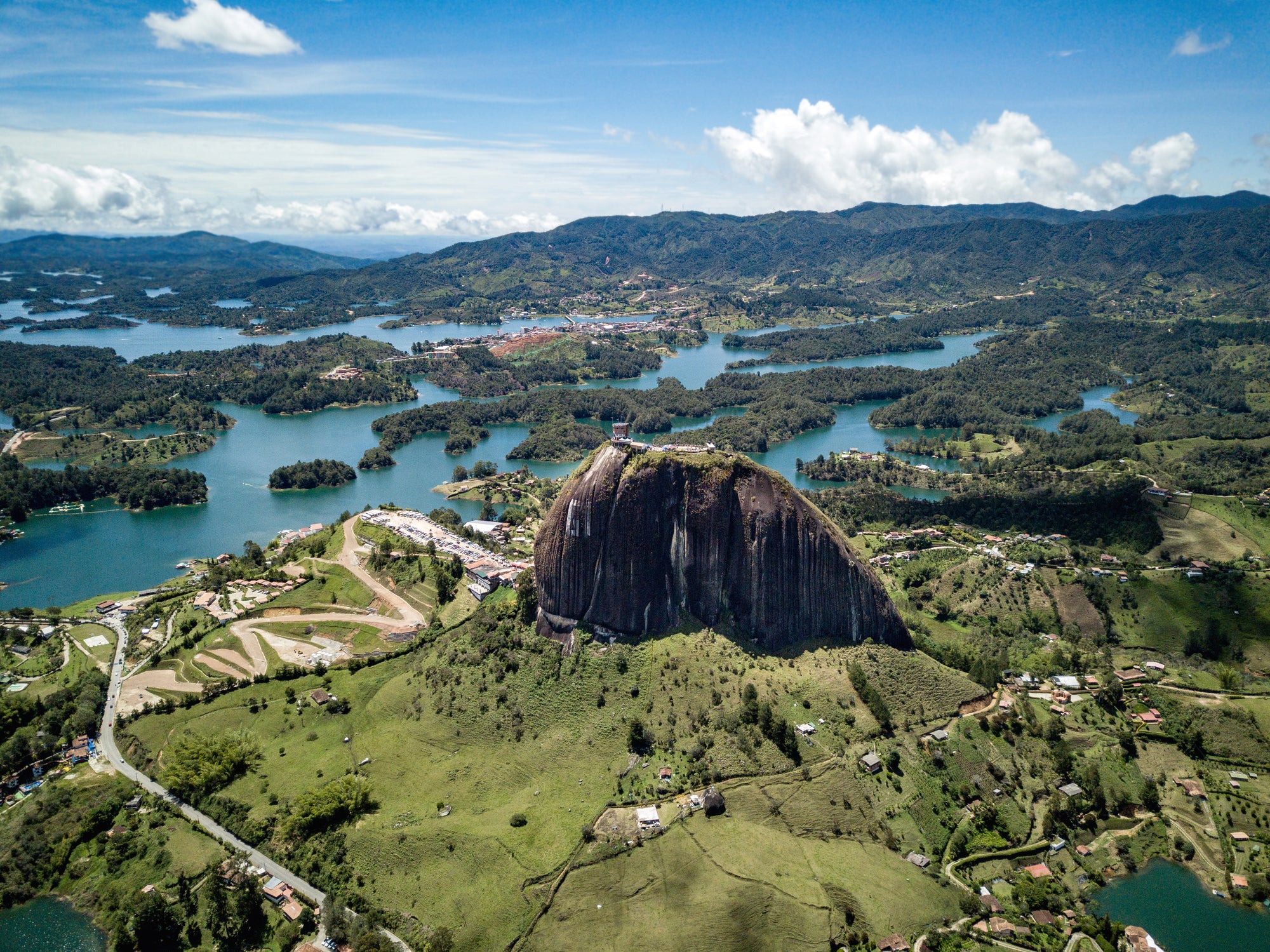
Safety Considerations in Colombia
Overview of Travel Advisories
When considering the question “is it safe to travel to Colombia,” it’s important to review the latest travel advisories. The U.S. Department of State has issued a Level 3 Travel Advisory for Colombia. This advisory suggests that travelers should reconsider their travel plans due to crime and terrorism (Travel.State.Gov).
In addition to these broad advisories, there are specific Level 4 regions where travel is strongly discouraged. These areas include Arauca, Cauca, and Norte de Santander departments, which face significant risks from violent crime and terrorist activity (Travel.State.Gov).
| Advisory Level | Description | Areas Affected |
|---|---|---|
| Level 3 | Reconsider Travel | Entire country |
| Level 4 | Do Not Travel | Arauca, Cauca, Norte de Santander |
For more information on countries with similar safety concerns, see our articles on is it safe to travel to mexico and is it safe to travel to brazil.
Violent Crime and Security Risks
Violent crime in Colombia is a major concern. The country is known for crimes that specifically target tourists, including armed robbery, muggings, and scams. Common methods include the use of firearms and knives, particularly in urban areas where motorcyclists often snatch valuables from unsuspecting individuals.
One of the most alarming trends is the use of incapacitating drugs by criminals. Scopolamine, a potent drug, is often used to subdue victims, making them vulnerable to robbery and assault. Criminals sometimes use online dating apps to lure victims before drugging them.
Moreover, there are safety concerns related to everyday activities such as using ATMs and taxis. Tourists are advised to exercise caution when withdrawing cash and to use only registered taxi services to avoid being targeted.
For an in-depth look at safety in other travel destinations, check out our guides on is it safe to travel to jamaica and is it safe to travel to egypt.
| Risk Type | Description | Areas Affected |
|---|---|---|
| Violent Crime | Armed robbery, muggings | Urban areas |
| Incapacitating Drugs | Use of scopolamine | Various |
| Scams | Targeting tourists | Nationwide |
By staying informed about the current safety status, you can make better decisions about whether or not it is safe to travel to Colombia. For further safety tips, visit our section on general safety guidelines.
Specific Travel Warnings
When asking “is it safe to travel to Colombia,” it’s crucial to be aware of specific travel warnings for certain regions. These areas are deemed high-risk due to various safety concerns, such as violent crime and terrorist activities.
Level 4 Regions
Certain areas in Colombia have been designated as Level 4: Do Not Travel by the U.S. State Department (Travel.State.Gov). These regions include:
- Arauca
- Cauca (excluding Popayán)
- Norte de Santander
These areas have significant issues with violent crime, including armed robbery and homicide. Additionally, terrorist groups are active in these regions, further elevating the risk.
| Region | Level | Notable Risks |
|---|---|---|
| Arauca | 4 | Widespread violent crime, terrorist activity |
| Cauca | 4 | Armed robbery, homicide, terrorist groups |
| Norte de Santander | 4 | Violent crime, kidnapping, terrorism |
It’s important to note that U.S. government personnel have significant travel restrictions in these areas, which means their ability to provide emergency services to U.S. citizens is extremely limited. Before planning your trip, consult the latest government travel advisories to ensure your safety.
Border Area Admonitions
In addition to the Level 4 regions, areas around Colombia’s borders pose additional risks. Specifically, the borders with Venezuela and Ecuador present heightened dangers due to various criminal activities, including kidnapping.
Admonitions for these areas are due to multiple factors:
- Kidnapping Risks: Kidnapping for ransom is a significant threat near these border regions.
- Illegal Activities: Smuggling and other illegal activities are prevalent, adding to the overall instability.
- Limited Government Control: In some border areas, the presence of Colombian security forces is minimal, making it challenging to ensure traveler safety.
For these reasons, you are strongly advised to avoid unnecessary travel to Colombia’s border regions. Always stay updated on the latest security information by visiting Travel.State.Gov.
For more insights on travel safety in various destinations, check our related articles on whether is cancun safe to travel, is it safe to travel to brazil, and is it safe to travel to the dominican republic. Being well-informed can make your journey safer and more enjoyable.
City-Specific Safety Insights
When considering travel to Colombia, it’s essential to be aware of the safety conditions in different cities. This section provides an overview of safety insights for three major cities: Bogota, Medellin, and Cartagena.
Bogota
Bogota is one of South America’s safest urban areas, boasting a lower violent crime rate than Indianapolis. The city’s diverse neighborhoods are filled with vibrant music, delicious food, dance, and art, providing a rich cultural experience for tourists.
Key Safety Points:
- Safety Practices: Bogota is considered safe as long as you follow the rules. However, there is some guerrilla activity and an increase in crime due to Venezuelan migrants seeking better opportunities in Colombia.
- Common Crimes: Most crimes in Bogota are robberies and pickpocketing incidents, often crimes of opportunity. Tourists should avoid wearing expensive jewelry, displaying cash, and should remain aware of their surroundings (Quora).
- Nighttime Precautions: Exercise caution at night, especially during weekdays when the streets may be empty, police presence decreases, and there might be higher risks of crime.
- Tourist Areas: Be cautious of pickpocketing and scams in popular tourist areas like the historical center.
Medellin
Medellin, once notorious for its drug cartels, has undergone a transformation and is now considered relatively safe for tourists. The city offers a blend of modern innovation and natural beauty, making it a popular destination.
Key Safety Points:
- Safety Practices: While Medellin has improved significantly, it’s still essential to stay vigilant. Avoid displaying valuables and be cautious in crowded areas.
- Common Crimes: Petty crimes like pickpocketing and scams are common, so always keep your belongings secure.
- Nighttime Precautions: Stick to well-lit areas and avoid walking alone at night, especially in less populated neighborhoods.
Cartagena
Cartagena is a coastal city known for its rich history, colonial architecture, and beautiful beaches. It’s a major tourist destination and generally considered safe for visitors.
Key Safety Points:
- Tourist Areas: Cartagena’s tourist areas, such as the walled city and Bocagrande, are well-patrolled and safe. However, always be cautious of your surroundings.
- Common Crimes: Similar to other cities, tourists in Cartagena may encounter petty crimes like pickpocketing. Avoid flashing expensive items and stay alert in crowded areas.
- Nighttime Precautions: Exercise the same caution as in other cities—stick to well-populated and lit areas and avoid venturing into unknown neighborhoods at night.
| City | Common Crimes | Nighttime Precautions | Safety Tips |
|---|---|---|---|
| Bogota | Robberies, pickpocketing | Exercise caution, avoid empty streets | Avoid displaying valuables |
| Medellin | Pickpocketing, scams | Stay in well-lit areas | Be vigilant in crowded places |
| Cartagena | Pickpocketing | Stick to well-populated areas | Secure your belongings |
By staying informed and following these guidelines, you can have a safe and enjoyable visit to Colombia. For more safety tips and travel advisories, please check our other articles on topics like is it safe to travel to mexico, is cancun safe to travel, and is it safe to travel to jamaica.
Safety Tips for Tourists
Traveling to Colombia can be an amazing experience, but it’s essential to follow safety tips to ensure a secure and pleasant visit. Here are some crucial guidelines to keep in mind.
General Safety Guidelines
Petty crimes such as pickpocketing, bag snatching, and card overcharging are common in Colombia, especially in larger cities like Bogotá, Cali, Medellín, and Cartagena. To stay safe, consider these general safety guidelines:
- Stay aware of your surroundings: Be cautious in crowded places and on public transportation. Avoid displaying valuable items like jewelry, cameras, and smartphones.
- Use ATMs wisely: Withdraw money from ATMs located in secure places like banks or shopping malls.
- Keep your belongings secure: Carry a crossbody bag and keep it close to your body. Use anti-theft backpacks if possible.
- Be cautious with taxis: Use licensed taxis or ride-hailing apps. Express kidnapping is a risk when taking taxis on the street.
- Avoid suspicious areas: Keep away from areas known for gang activity and violent crime (World Nomads).
- Reputable tour guides: If venturing into less touristy areas, always use reputable tour guides.
For additional insights on safe travel to other destinations, read about is it safe to travel to jamaica.
Nighttime Precautions
Many crimes in Colombia occur after dark. Here are some precautions to take when enjoying the nightlife:
- Avoid walking alone: Stick to well-lit, populated areas and avoid walking alone at night.
- Stay in groups: Traveling with friends can reduce the risk of becoming a target.
- Monitor your drinks: Be cautious at bars and clubs. Criminals may use drugs like scopolamine to incapacitate victims. Never leave your drink unattended.
- Use trusted transportation: After a night out, use licensed taxis or ride-hailing apps to return to your accommodation safely.
- Don’t flash cash: Avoid showing large amounts of money when paying for items or in public settings.
For further guidance on traveling safely in other regions, explore articles like is it safe to travel to mexico and is costa rica safe to travel.
By adhering to these safety tips, you can better navigate the vibrant culture and beautiful landscapes of Colombia. For more information, explore related topics like is it safe to travel to peru and is it safe to travel to cuba.
High-Risk Areas
Traveling to Colombia can be an exciting adventure, but it’s crucial to be aware of specific high-risk areas to ensure your safety.
Remote Region Risks
Certain regions in Colombia are considered off-limits due to the risks of kidnapping and other crimes. These include areas around the borders with Venezuela and Ecuador, as well as regions like Arauca, Cauca (outside Popayán), and Norte de Santander (World Nomads). Travelers should consult government travel advisories before planning a trip to these regions.
If you decide to visit remote areas, use recognized tour operators and arrange for your security throughout your stay. Avoid coca cultivation areas and locations where criminal activity is higher. Some areas to exercise increased caution include Bahía Solano, Nuquí, Capurganá in Chocó, and the Department of Meta (Smartraveller).
| Region | Risk Level |
|---|---|
| Arauca | High |
| Cauca (outside Popayán) | High |
| Norte de Santander | High |
| Bahía Solano | Moderate to High |
| Department of Meta | Moderate to High |
Incapacitating Drugs Dangers
A significant safety concern in Colombia is related to the use of incapacitating drugs by criminals to rob or assault victims. One of the notorious substances used is Scopolamine, which can temporarily incapacitate individuals, making them vulnerable to theft or worse (Travel.State.Gov).
Criminals sometimes use these drugs in conjunction with online dating apps to lure victims (Smartraveller). It’s important to be cautious when meeting strangers, especially in social settings. Always keep an eye on your drinks and avoid accepting food or beverages from people you do not trust.
To help prevent falling victim to such dangers, here are some general safety guidelines:
- Use ATMs located within banks or shopping centers, rather than on the street.
- Avoid hailing taxis off the street; instead, use ride-hailing apps or request taxis through your hotel.
- Be mindful of your surroundings and trust your instincts.
For additional tips on staying safe, check out our article on general safety guidelines.
By being aware of these high-risk areas and the dangers associated with incapacitating drugs, you can make informed decisions and take necessary precautions to ensure a safe trip.

